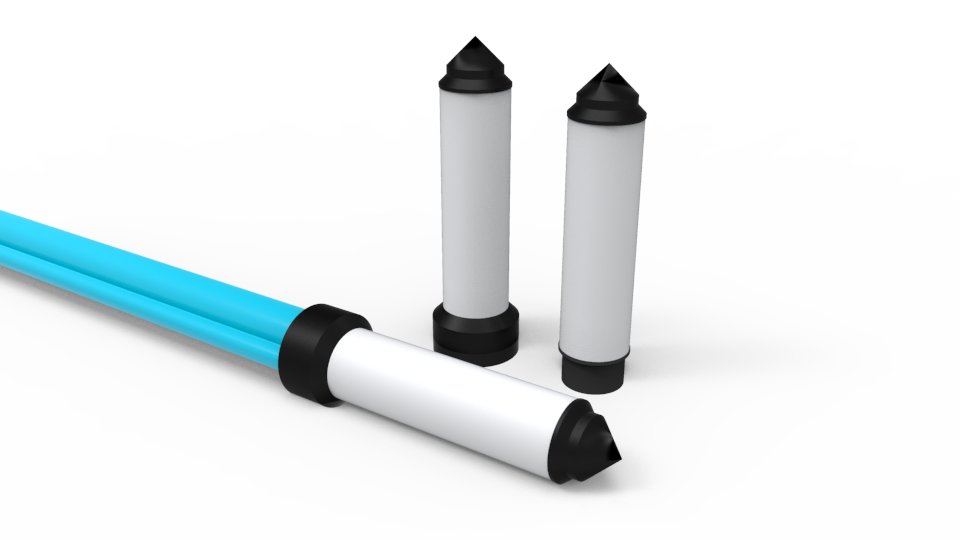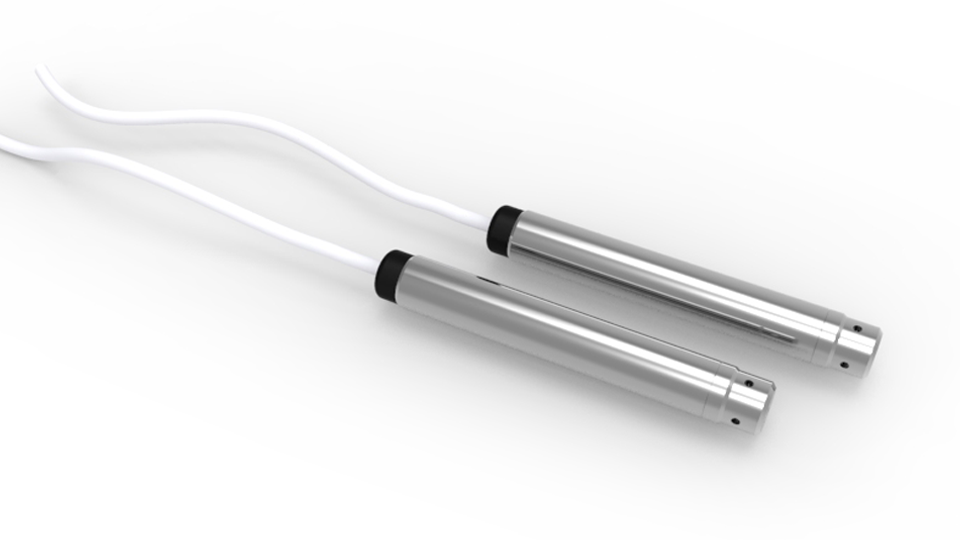Removable pressure transducers
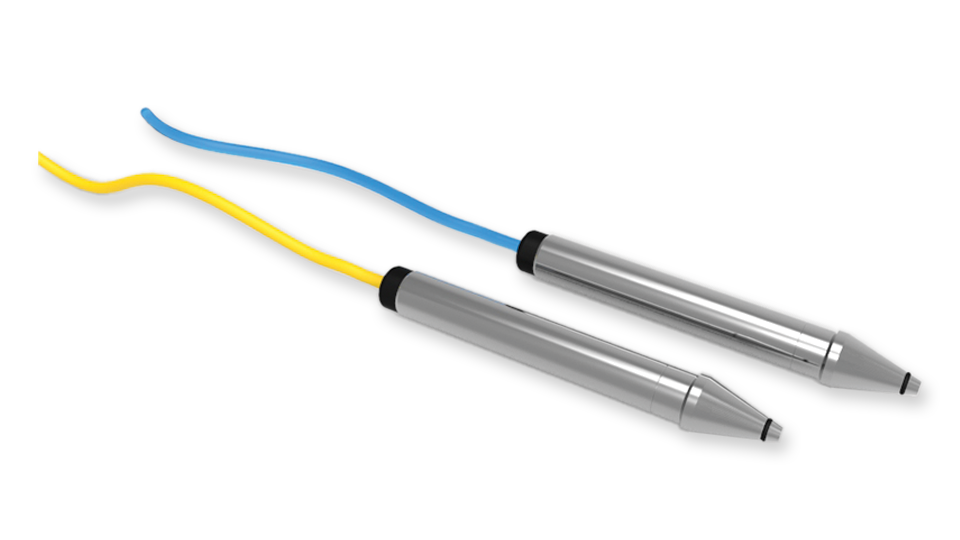
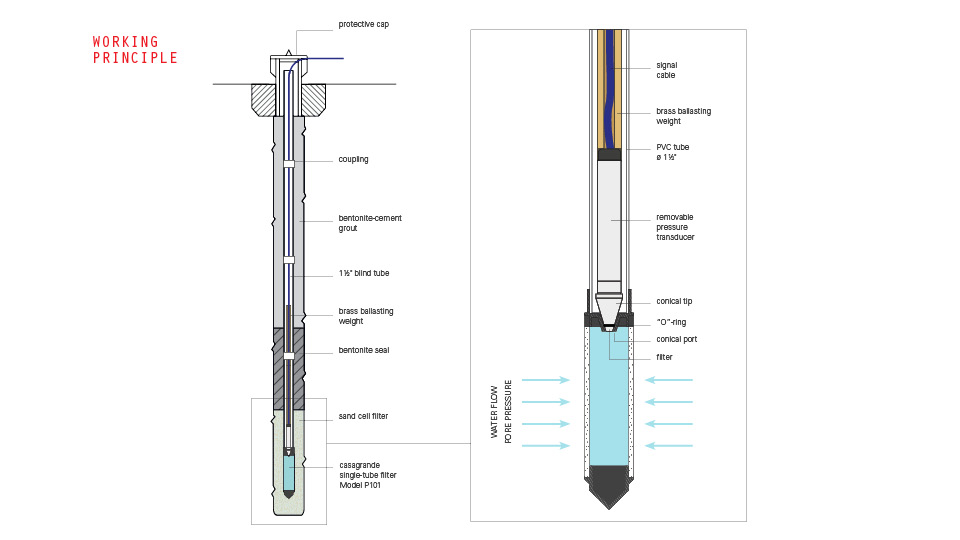
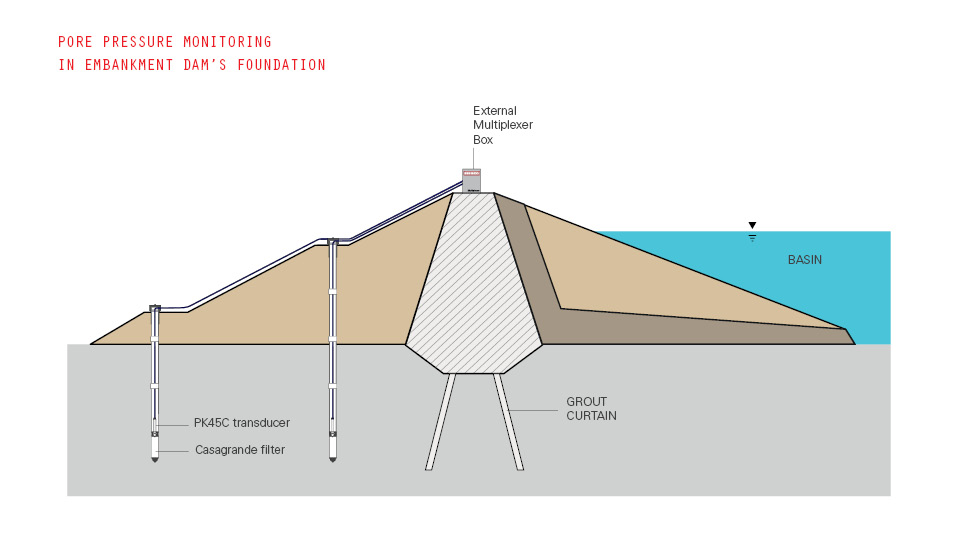
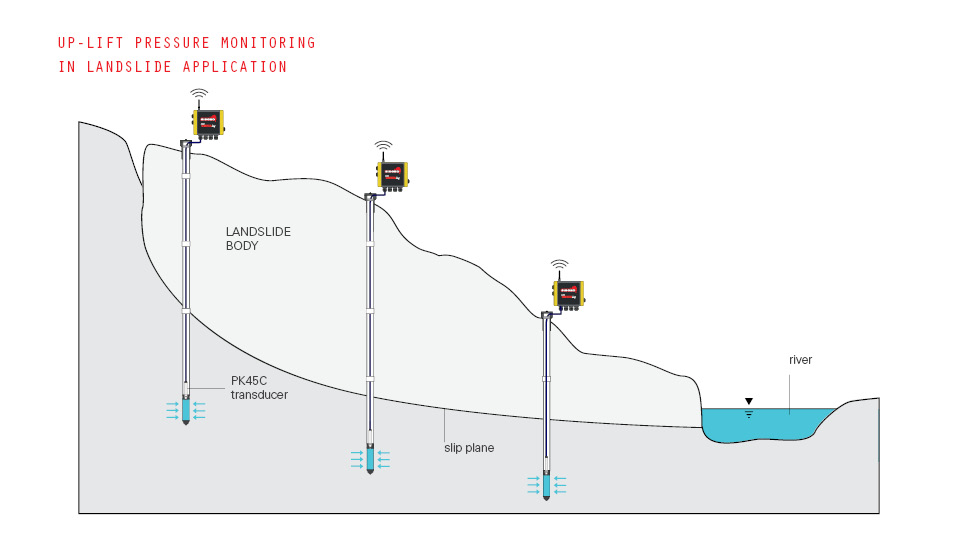
Codes der Referenzprodukte: PK45C, P252C
The removable pressure transducer is designed to measure pore-water pressure through a special Casagrande filter tip.
This unique design is especially suitable for long-term monitoring since it allows the instrument to be withdrawn for calibration checks. The removable pressure transducer can be supplied with either vibrating wire or piezo-resistive technology.
APPLICATIONS
• Long term monitoring
• Suitable in lightning-prone areas (since it can be replaced)
• Dams and fill embankments
• Measurement of ground pore pressure
• Landslides monitoring
• Natural or cut slope sites
FEATURES
• Removable for further calibration and check
• Cable length does not affect reading
• Built-in surge protection and temperature sensor (vibrating wire only)
• If removed, Casagrande piezometer continue to works with manual water level indicator
Resistive pressure transducer sensor is a spin off from thick film technology using the piezo-resistive characteristic of specific resistive inks. Resistors, formed using screen printing techniques, are deposited on a deformable ceramic diaphragm substrate to form strain gauge arrays. Strain changes from external loads applied to the deformable ceramic diaphragm result in resistance changes of the strain gauge arrays.
The electric signal from the strain gauge arrays is directly proportional to the stress applied to the diaphragm. Sensor is constructed of a ceramic, analogous to a crystal structure, to form a pressure diaphragm chemically inert with near perfect mechanical characteristics. Screen printed resistors are deposited onto the diaphragm to form a 4 arms Wheatstone bridge.
A fixed excitation voltage is applied to one diagonal of the circuit. Strains experienced by the diaphragm will change the values of the individual resistors within the Wheatstone bridge resulting in a bridge unbalance. This unbalance produce an output signal from the other diagonal of the Wheatstone bridge, directly proportional to the applied stress.
An electronic board converts this signal into 4-20 mA suitable for transmission over long distances to remote readouts or to data acquisition systems.
Vibrating wire transducer is essentially composed by a taut wire clamped at its ends and tensioned so that it is free to vibrate at its natural frequency. The frequency of vibration varies with the wire tension and thus small relative movements between the two end clamps.
With VW transducers frequencies rather than voltage levels are measured, so a dedicated readout/datalogger must be used to measure the resonant frequency. These ones excites the VW transducer, measures the response, performs some calculations on the response, and returns the result.
SISGEO VW transducer uses ‚pluck and read‘ method and not ‚auto resonant‘ method; when the readout/datalogger plucks the wire a magnetic attraction is created to the coil and the wire start to vibrate and it causes an alternating voltage of the same frequency of the natural frequency of the wire; the voltage signal is transmitted on the cable and read from the readout/datalogger.
VW transducers have a reputation for long expected life and long-term stability.
Messen Mit
Fragen
zu diesem
produkt?
zu diesem
produkt?
Datenblatt
Handbuch
Faq
Fragen
zu diesem
produkt?
zu diesem
produkt?
Datenblatt
Handbuch
Faq
Was ist ein Piezometer, wie funktioniert es, verfügbare Technologien und Modelle
Was ist ein Piezometer, wie funktioniert es, verfügbare Technologien und Modelle
Mit dieser Videopräsentation möchten wir den Begriff „Piezometer“, seine verschiedenen Klassifizierungen (z. B. Piezometer mit offenem Kreislauf und Piezometer mit geschlossenem Kreislauf), die zur Überwachung von Piezometern verfügbaren Technologien (z. B. Piezometer mit vibrierendem Draht und piezoresistive) und die Die wichtigsten verfügbaren Modelle und Lösungen.



